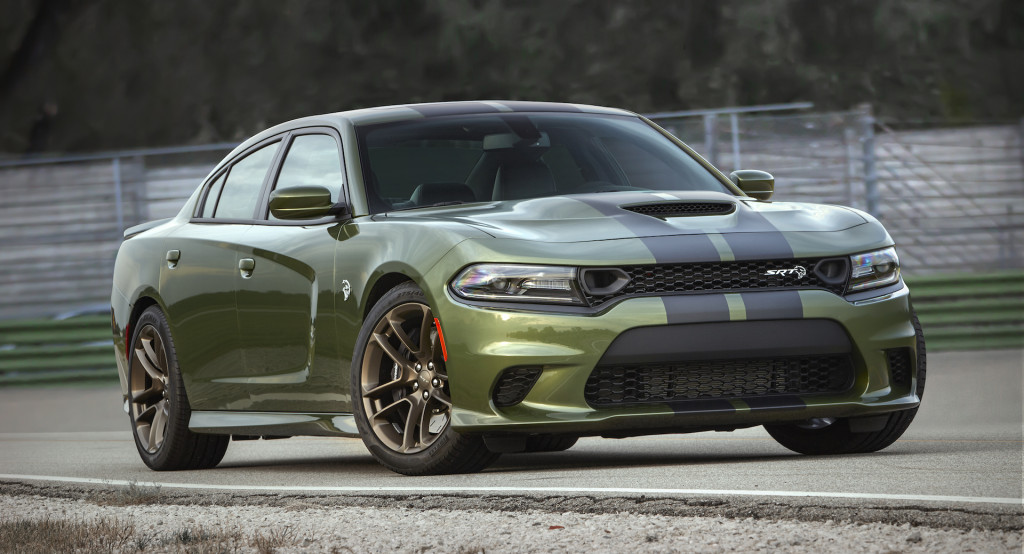You better get them while they last, folks, as the next Dodge Challenger looks like it’s going to be a very different beast to the car on sale today.
That’s the word of Fiat Chrysler Automobiles CEO Mike Manley, who took over following the sudden death of his predecessor, Sergio Marchionne, last July.
“I think that electrification will certainly be part of the formula that says what is American muscle in the future,” Manley told The Detroit News in an interview published Saturday. “What it isn’t going to be is a V-8, supercharged, 700-horsepower engine.”

Mike Manley
The current Challenger has been with us since 2008 but sales have actually been increasing with time as Dodge continues to improve the breed and add excitement with its Hellcat 6.2-liter supercharged V-8, which offered as much as 840 horsepower in 2018’s Challenger SRT Demon. Challenger sales rose 3 percent over the past 12 months with a total of 66,716 sales, making it more popular than the Chevrolet Camaro, which saw 50,963 sales over the same period.
Even so, Manley explained that the Challenger’s existing platform and powertrains will no longer be viable next decade, likely due to emissions regulations, so a change is required. The good news is that no performance will likely be lost. In fact, the opposite is likely to occur, meaning no repeat of the 1970s malaise era.
“New technology is going to drive a load of weight out, so we can think of the powertrains in a different way,” Manley told The Detroit News. “And we can use electrification to really supplement those vehicles.”

2019 Dodge Charger SRT Hellcat
Manley’s comments suggest that the next Challenger, and likely the next Charger, too, if the sedan gets a redesign, will be based on a new, lighter platform. The likely candidate is Alfa Romeo’s rear-wheel-drive Giorgio platform underpinning the Giulia.
This is in contrast to comments made by Marchionne a month before his passing. Speaking with Motor Authority last June, Marchionne said the next Challenger could utilize an updated version of the current model’s LX platform instead of Alfa Romeo’s Giorgio design. Based on Manley’s latest comments, it seems a decision on the latter option has since been made.
So what might the future powertrains be like? Given the cost of the technology, electrification will likely be reserved for range-topping models, like the current Hellcat engine. Perhaps a twin-turbocharged V-6 and electric motor combo will replace the current supercharged V-8. Alfa Romeo is working on just such a powertrain for its planned Giulia-based GTV coupe, with output said to be in excess of 600 hp. And further down we could see a twin-turbo V-6 replace the current naturally aspirated V-8s and a turbo-4 replace the current naturally aspirated V-6. Stay tuned.
